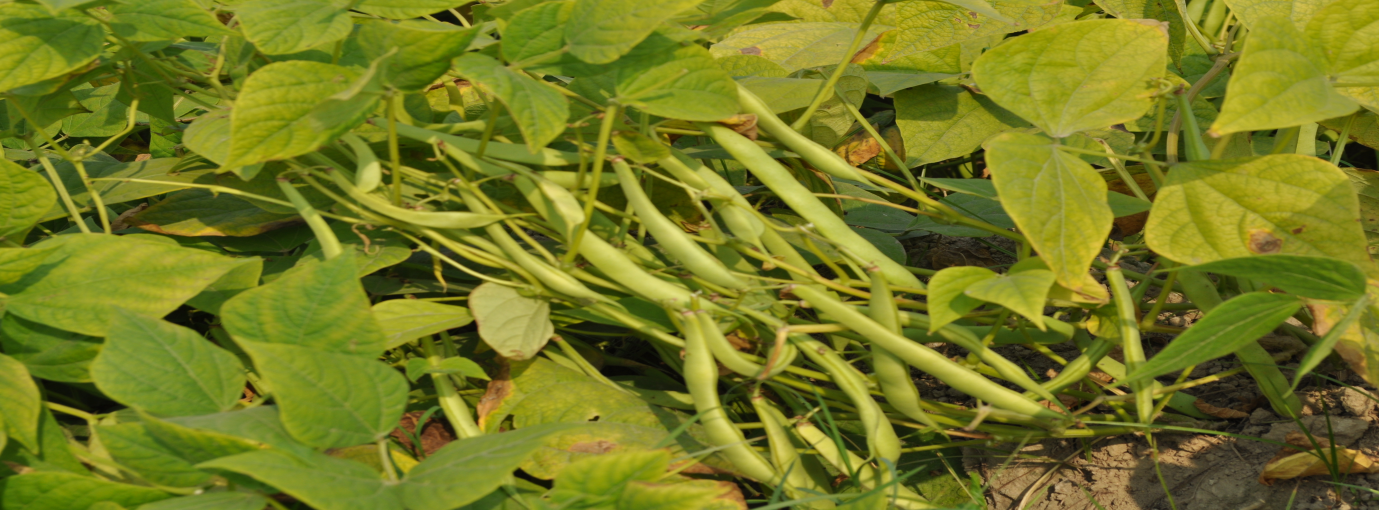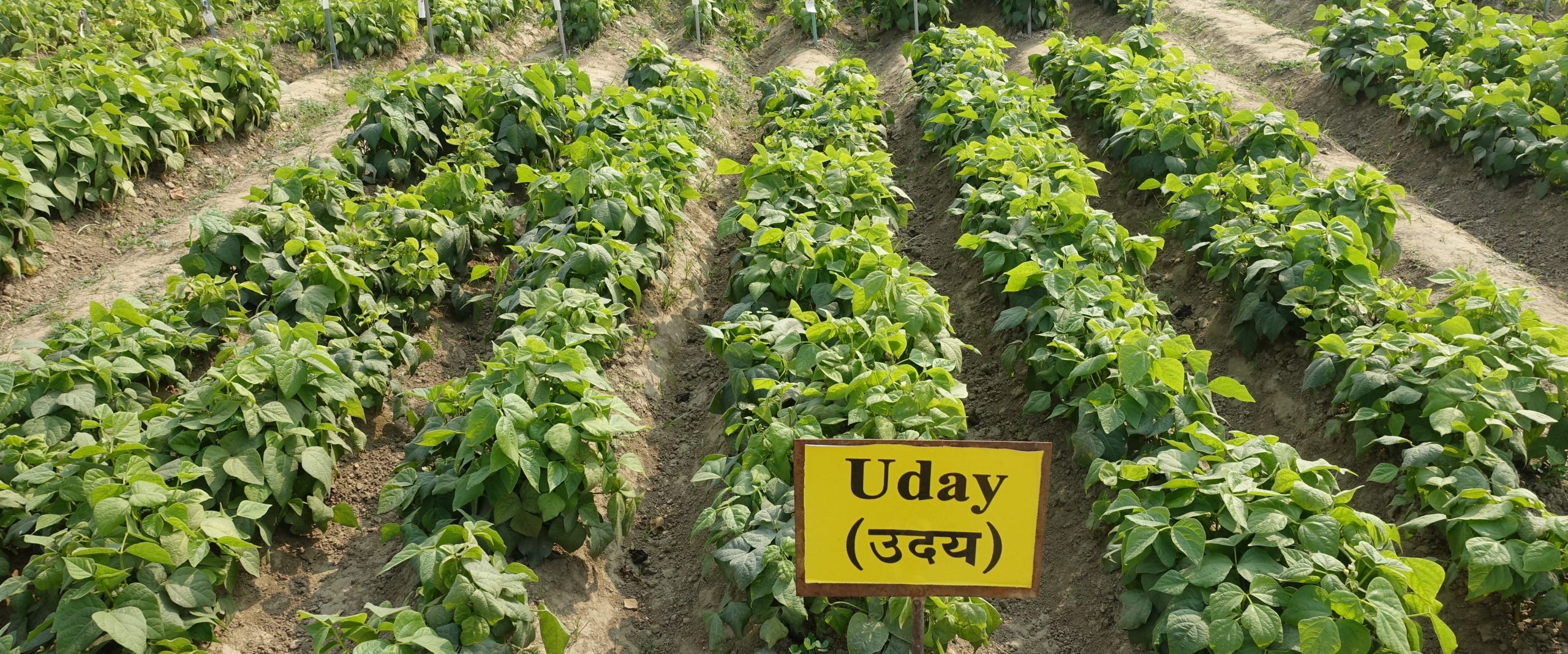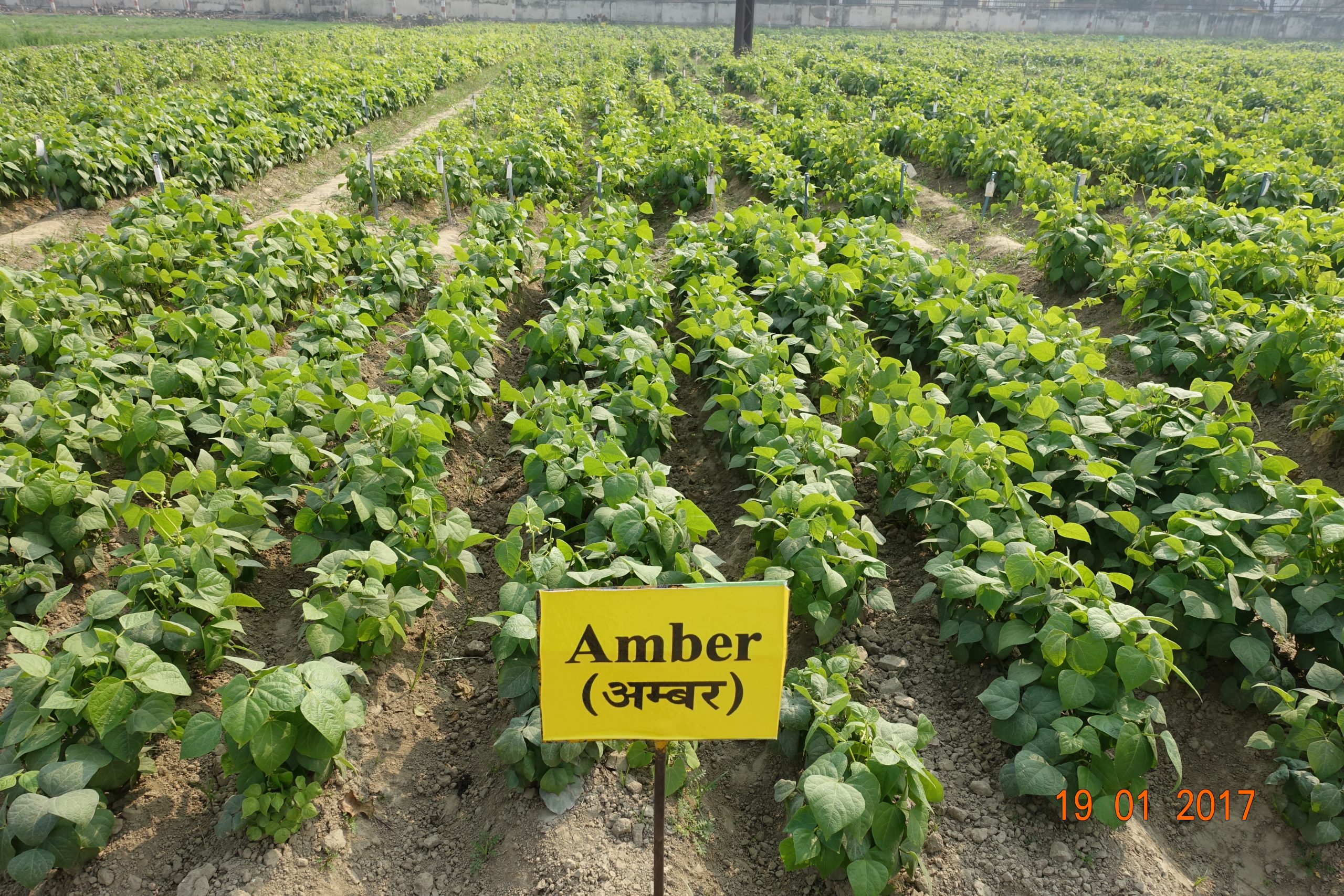Rajmash
The Rajmash (Phaseolus vulgaris L.) is the most important grain legume for direct human consumption and the world’s third most important food legume crop after soybeans and peanuts. Beans are commonly referred to as “poor man’s meat” since they can be eaten as seeds (mature or immature) or as a vegetable (both leaves and pods). It’s also high in protein, complex carbohydrates, polyunsaturated free fatty acids (linoleic and linolenic acids), fiber, vitamins, and minerals (calcium, potassium, phosphorus, magnesium, iron, zinc, and copper). It is grown mostly by smallholders in low-input agriculture systems in subtropical and tropical regions, and it is a key staple crop in both developing and developed countries. According to FAOSTAT, the global area of common bean was 34.80 million ha in 2020, and its production was 27.54 million tons. Asia accounts for 43.1% of global bean production, followed by the Americas (29.4%) and Africa (25.5%). India, Myanmar, Brazil, the United States of America, Africa, and China were the primary producers of common bean among significant bean-producing regions. In various regions of the world, it is also known as green bean, french bean, string bean, wax bean, rajmash, snap bean, pinto bean, haricot, kidney bean, black bean, turtle bean, navy bean, and great northern bean. In India, the common bean popularly known as rajmash is mainly produced as a Kharif crop in the traditional production system that includes rotation with vegetables and intercropping with potato or maize in the foothills of Himalayan regions. Currently, bean cultivars are valued primarily for their yield, maturity time, and market demand. The most important characteristics are grain price, bean color, ease of shelling, nutritional value, and bean flavor. The nations that consumed the most dry beans in 2018 were India (6.9M tonnes), Myanmar (3.9M tonnes), and Brazil (2.8M tonnes), which accounted for 36% of the global total. These nations were followed by Nigeria, Niger, the United States, Tanzania, Mexico, Kenya, Uganda, China, and Burkina Faso, which contributed an additional 34%. From 2014 to 2018, China’s consumption of dry beans grew at the most rapid rate among the world’s leading consumers, while the consumption of dry beans in the other leading nations grew at more modest rates.







